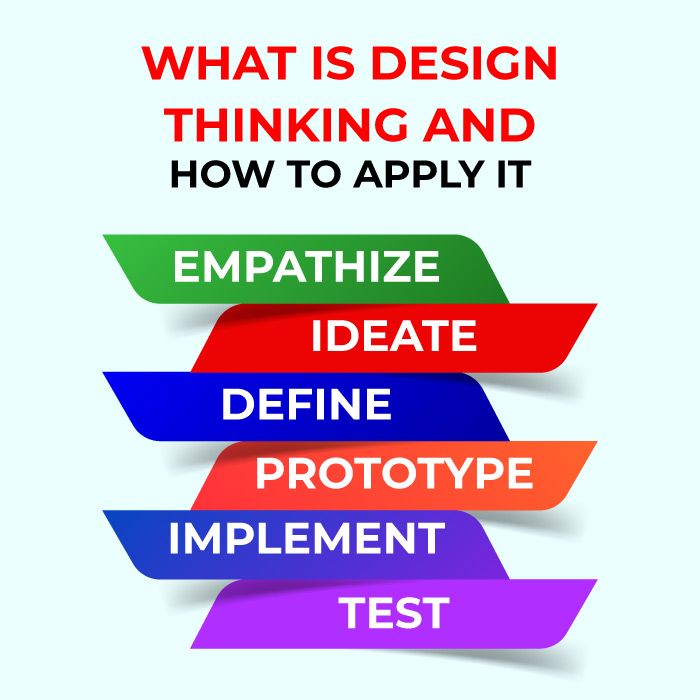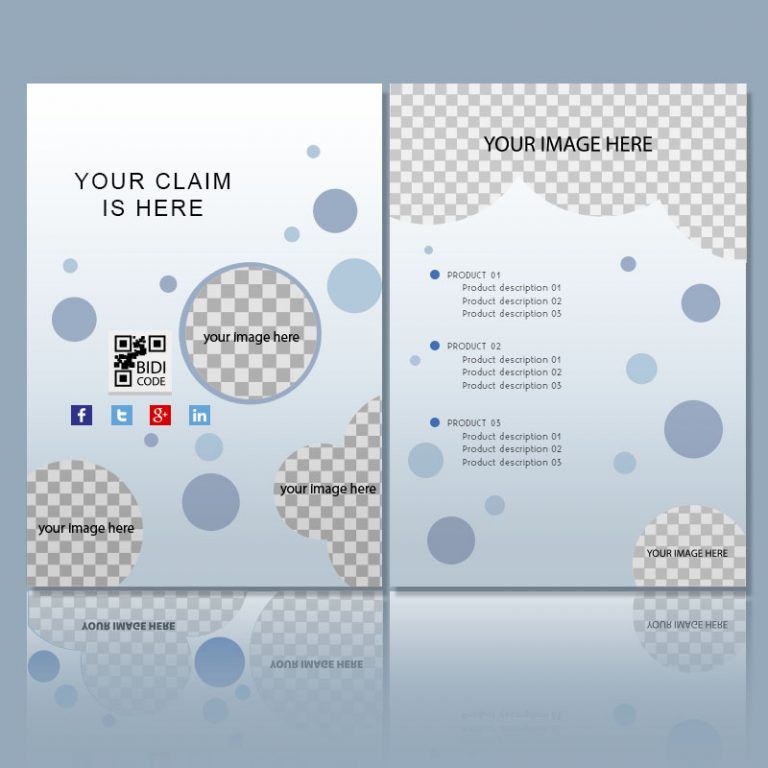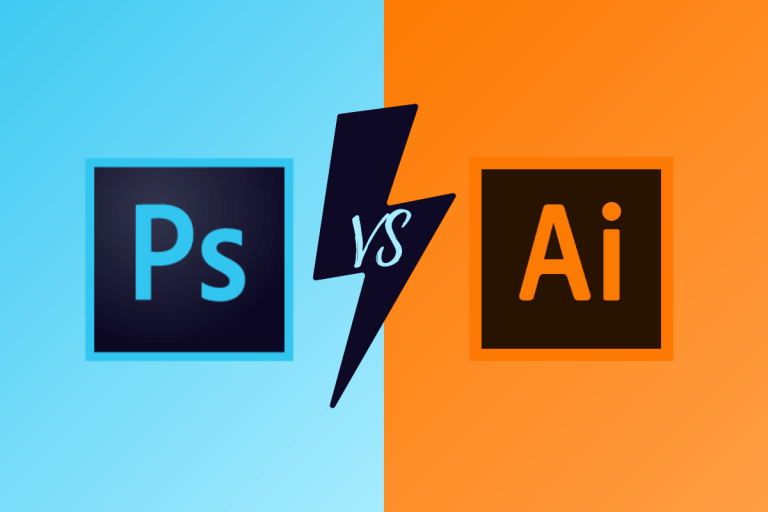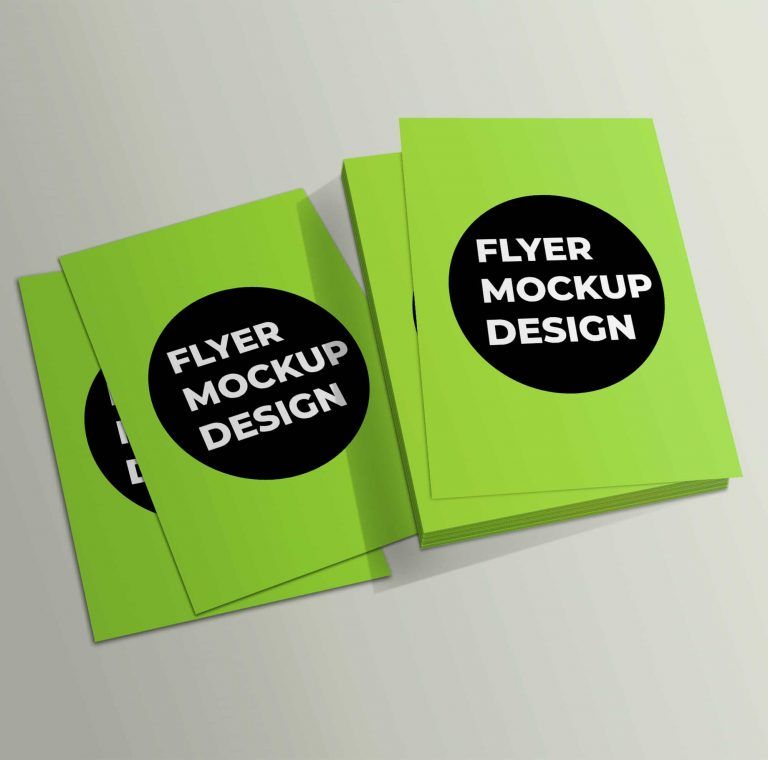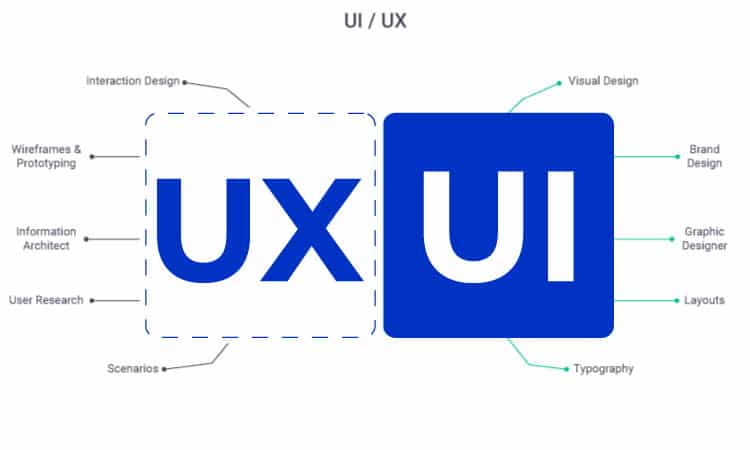What is design thinking and how to apply it?
More and more often you can hear the wording “design thinking”, while many still do not know its exact definition.
No other area of design requires such a deep dive into the client’s world as UI / UX design. To create a user-friendly and practical product, it is necessary to understand the user’s pains and fears. This is what design thinking is all about. The UX Design course will help you learn to think correctly and solve client problems for the benefit of your business.
What Design Thinking
Design Thinking was formulated by Herbert Simon in 1969 in The Sciences of the Artificial. It was later developed by scientists at Stanford University and founded the Stanford Design Institute, or d.school, which promotes the idea of design thinking.
This phenomenon was most succinctly described in the Interaction Design Foundation. There it is defined as follows: The technique by which we seek to understand the user, disprove assumptions, and rethink the problem in order to find non-obvious alternative solutions.
Anyone who uses design thinking subordinates their research and work to the interests of the individual, not the interests of the company, the boss, the project manager, or the bureaucracy.
The main goal of design thinking is to go beyond the existing stereotypes and the usual ways of solving a problem. In the original, this is called thinking outside the box – literally “thinking outside the box.”
Design thinking is used in any area, for example: planning a tour of Europe, thinking over apartment renovations, launching a new media or business, developing a logo and identity.
Design thinking is used in any area, for example: planning a tour of Europe, thinking over apartment renovations, launching a new media or business, developing a logo and identity.
How does it work Design Thinking?
The problem-solving process consists of five stages: empathy, DEFINE, idea generation, prototype, test.
Let’s consider each stage in detail on two contrasting examples when design thinking helped me personally.
The owner of the Tyumen service center asked me to develop a landing page. Before I made them only for my projects and it was easy for me: I knew what I wanted to tell and convey to users. But I didn’t know anything about the repair of smartphones.
Stage 1. Empathy
Empathy is the ability to engage in the experiences and experiences of other people, to understand what really excites them. This is the main quality of design thinking since it is it that allows you to move away from your assumptions and beliefs, to look at the problem through the eyes of the user.
A true designer is always an empath. He is looking for the most comfortable solution. It’s easy to do projects that you understand. If you are into rap, making a rapper landing page is easy. But if a customer trades on a financial exchange, he will have to delve into his business, understand the processes and understand how he feels when communicating with people. Let’s see how empathy works in practice.
Stage 2. Focusing
Organize the information you get through empathy, analyze the observations, and highlight the user’s key problems. The purpose of focusing is to formulate a question to which you will seek an answer in the next step.
Stage 3. Generation of ideas
Once you’ve identified the user’s problem, come up with and work out non-standard solutions. Give up the critical thinking we are all so used to. Criticism can ruin a good idea. Write down everything, even the most delusional thoughts. Once the creative is over, pick out viable ideas and move on to the next stage.
I have suggested several solutions to the problem:
- create a section on the landing page with answers to questions;
- shoot a video where the director of the service answers questions;
- write a series of posts on social networks.
Stage 4. Prototyping
Here the task is to test the performance of ideas in practice. It is enough to make a budget version of the product with functions that will help solve the indicated problem.
A prototype will help:
- if successful, find the right solution, notice flaws, refine and create a product;
- in case of failure – to refute the hypothesis, save time and money.
If the prototype is successful, proceed to the next step. If not, try to identify the problem again.
Answering questions is a clear and versatile option that works on all platforms. The user selects the desired question, and the answer is already on the screen.
Stage 5. Testing
Test the finished product and the best solutions developed during prototyping. Although this is the final stage, design thinking is an iterative process: use the test results to identify and solve other problems. This can be done through customer feedback.
I made up a prototype of the section, showed how it will look.
Together with the customer, we tested it from different devices and made sure that everything works. After that, I laid out the final version of the section, added a background image and animation.
How to apply design thinking in design
Let’s say a product designer is developing a prototype for a new microwave oven.
He can act in standard ways: interview people who have microwave ovens, collect feedback, find out the pros and cons of individual models – and, based on the information received, propose a solution.
Or go the non-standard way: communicate with people and learn about their habits and patterns of behavior in certain situations. So the designer will understand that all microwaves are heated in different ways: one barely heats food in three minutes, and the second overheats.
This means that people do not need a more powerful microwave, but a clear interface that will tell you how much food will heat up.
Design thinking helps to find innovative solutions that do not lie on the surface, saving time and money. Let me give you an example from my own experience.
I was approached by an outdoor advertising studio that wanted to increase sales. The management decided to make a corporate website. But the discussion of the problem and an hour-long interview with the client led me to the decision that it is better for this company to make a landing page or develop accounts on social networks.
Almost all clients turned to the studio because it was recommended as a place where they can quickly develop and produce a design for a sign or advertising banner. That is, the speed of the studio was important for the companies, and not the presence of a corporate website with the ability to calculate the cost of work, a gigantic portfolio, and payment methods. For such purposes, social networks, instant messengers, or a simple landing page are better suited.
Conclusion
If you do not communicate with the customer, but only study the competitors, then it will take months and hundreds of thousands of rubles for useless solutions. It is design thinking and empathy that show problems from the inside and lead to solutions.
In the UX Design course, you will learn to identify problems and find solutions for the interfaces of websites, mobile applications, and complex services. The course is useful for both novice designers and art directors. They work together towards one goal – to find the most effective solution.

